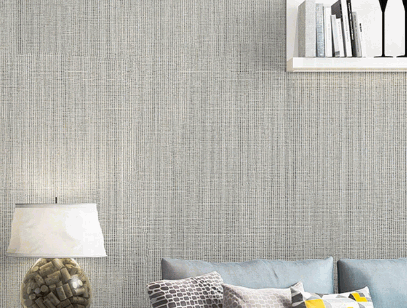Damp-proof paint is a crucial solution for preventing moisture and dampness from seeping into the walls of a building. But what if you want to add a decorative touch to these protected surfaces, like wallpaper? Can you wallpaper over damp-proof paint? This article aims to explore the possibilities and limitations of wallpapering over damp-proof paint, considering the types of damp-proof paint available and the preparations required for successful wallpaper application. We will also delve into alternatives to wallpapering over damp-proof paint, ensuring that you have a comprehensive understanding of your options.
So, if you're eager to learn about the compatibility of wallpaper and damp-proof paint, keep reading to discover all you need to know.
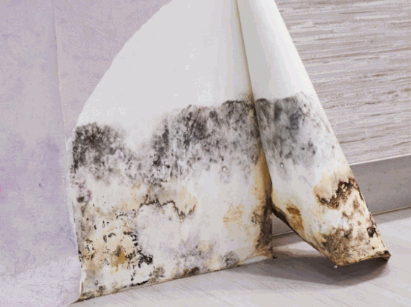
What Is Damp Proof Paint?
Damp-proof paint is a specialized coating designed to protect walls and surfaces from moisture infiltration and dampness, forming a moisture-resistant barrier to prevent water damage and maintain a dry interior environment.
This type of paint is commonly used in areas prone to high humidity or moisture, such as basements, bathrooms, and kitchens. By applying damp-proof paint, property owners can effectively combat issues such as mold growth, peeling wallpaper, and damp odors. It plays a significant role in waterproofing, as it seals the surfaces and prevents water penetration, making it an essential element in building maintenance and renovation projects.
Prior to application, proper surface preparation is crucial, including cleaning, repairing cracks or leaks, and removing existing moisture and mold. The application process involves using a brush, roller, or sprayer, depending on the surface and product instructions. Damp-proof paint offers an effective solution for maintaining a healthy indoor environment and protecting the structural integrity of buildings.
Learn more: What Is Damp Proofing Treatment
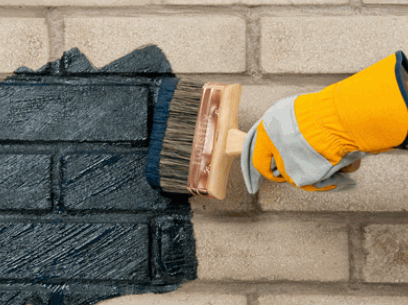
Why Is Damp Proof Paint Used?
Damp-proof paint is utilized to address the presence of moisture and dampness, serving as a protective moisture barrier to safeguard walls and surfaces, ensuring effective protection and waterproofing in various renovation and maintenance projects.
It plays a crucial role in controlling moisture levels, preventing the harmful effects of dampness such as mold and mildew growth. Damp-proof paint contributes significantly to interior design, as it provides a clean and polished appearance, enhancing the overall aesthetic appeal of the space.
Its versatility allows for application on various substrates such as concrete, masonry, and wood, making it an essential component in building maintenance and renovation projects. Its ability to resist water penetration and moisture accumulation makes it indispensable in protecting structures and ensuring their longevity.
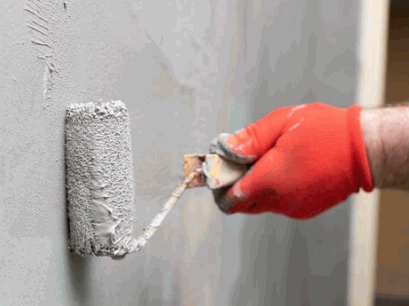
What Are The Types Of Damp Proof Paint?
There are various types of damp-proof paint available, including:
- cementitious
- bituminous
- acrylic
- epoxy
formulations, each offering distinct moisture-resistant properties and specialized applications for resurfacing moisture prevention, and surface treatment. These formulations provide specific benefits tailored to different needs. Cementitious paints are ideal for moisture prevention in masonry and concrete surfaces, while bituminous paints offer excellent waterproofing for outdoor applications.
Acrylic damp-proof paints are versatile, suitable for both interior and exterior surfaces, and often used for aesthetic enhancements. Epoxy formulations, known for their durability, are commonly employed in high-traffic areas where moisture control is critical, such as industrial floors and walls. Their effectiveness in moisture management and building renovation projects makes them a vital component in construction and maintenance efforts.
Cementitious Damp Proof Paint
Cementitious damp-proof paint is a specialized formulation designed with a moisture-resistant primer, suitable for surface preparation and application in various renovation, construction, and decorating projects.
It serves as an effective solution for protecting surfaces from water penetration and moisture damage. This type of paint creates a durable barrier against dampness, making it ideal for use on walls, floors, and other masonry surfaces. Its application is crucial in ensuring the longevity and integrity of construction materials.
Whether it's for basements, bathrooms, or exterior walls, cementitious damp-proof paint plays a vital role in maintaining a dry and stable environment, preventing potential issues such as mold and mildew. Its versatility makes it an essential component in construction and renovation projects, providing a reliable foundation for further finishes and treatments.
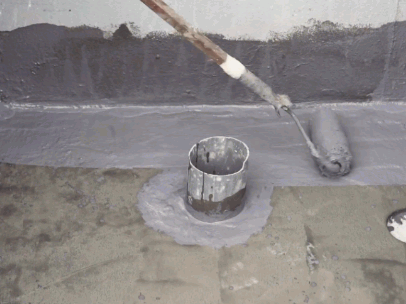
Bituminous Damp Proof Paint
Bituminous damp-proof paint offers effective solutions for addressing dampness and moisture management, utilizing specialized construction techniques to provide robust moisture protection, suitable for various decorating techniques.
Its application in construction involves creating a durable barrier against moisture seepage, making it an ideal choice for basements, foundations, and other areas prone to dampness. This paint adheres well to different surfaces, such as concrete, brick, and metal, allowing for versatile usage.
In addition to its practicality, its compatibility with decorative finishes makes it a valuable asset in both the functional and aesthetic aspects of construction and design.
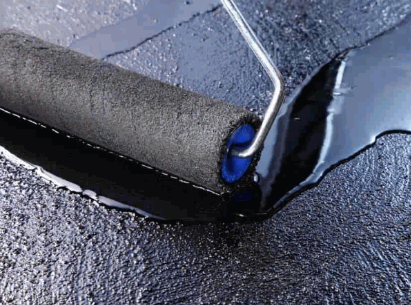
Acrylic Damp Proof Paint
Acrylic damp-proof paint provides effective protection against moisture infiltration, serving as a valuable solution for building repairs, property improvement, and construction solutions to ensure effective home maintenance.
It is formulated to create a waterproof barrier, preventing water ingress and subsequent damage to walls, ceilings, and other surfaces. This versatile product can be applied to various substrates, including concrete, brick, and stone, making it an ideal choice for both interior and exterior use.
In addition to its protective qualities, acrylic damp-proof paint also offers excellent adhesion and durability, maintaining its effectiveness for an extended period. Its easy application and quick drying time further contribute to its popularity among homeowners and construction professionals alike.
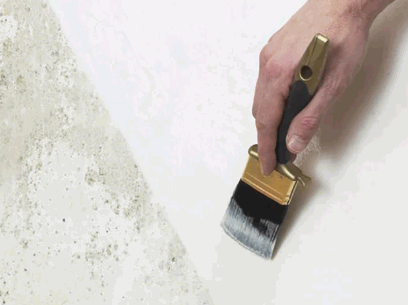
Epoxy Damp Proof Paint
Epoxy damp-proof paint is a resilient solution for surface repair and renovation techniques, offering versatile applications in construction tools and building renovation projects to ensure effective moisture protection.
This type of paint forms a waterproof barrier when used, making it ideal for areas exposed to moisture, such as bathrooms or kitchens. Its ability to adhere to various surfaces, including concrete, metal, and wood, makes it a go-to choice for both indoor and outdoor projects.
Its chemical resistance and durability make it a reliable option for areas prone to chemical exposure, such as industrial floors or warehouses. With its easy application and long-lasting results, epoxy damp-proof paint has become a popular choice for professionals and DIY enthusiasts alike.
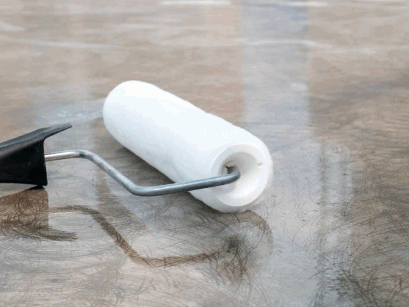
Can You Wallpaper Over Damp Proof Paint?
Wallpaper can be effectively applied over damp-proof paint, especially when using moisture-resistant varieties, ensuring strong adhesion and serving as an additional vapor barrier, suitable for interior renovation and utilizing essential decorating tools and renovation materials.
By choosing moisture-resistant wallpaper, you can prevent any potential issues with moisture seepage, ensuring the longevity and durability of your wall treatment. This approach is particularly crucial in areas prone to high humidity or moisture, such as kitchens and bathrooms.
When considering wallpapering over damp-proof paint, it's essential to prioritize the use of suitable adhesives and primers specifically designed for damp environments, further bolstering the protective qualities of the wallpaper. This careful consideration and preparation can elevate the overall effectiveness and aesthetic appeal of the wallpapering process.
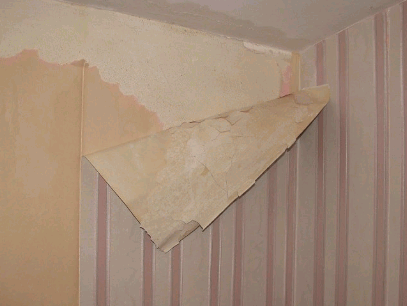
What Type Of Wallpaper Can Be Used?
Moisture-resistant wallpaper is the ideal choice when wallpapering over damp-proof paint, offering enhanced durability and suitability for renovation projects, construction materials, and effective moisture protection within decorating solutions.
Its exceptional resilience against moisture makes it a top choice for areas prone to high humidity, such as bathrooms, kitchens, and basements. It prevents mold and mildew growth, ensuring a healthy environment and preserving the integrity of the walls. This type of wallpaper is also easy to clean, making maintenance hassle-free.
Its versatile designs and patterns allow homeowners to achieve both aesthetic appeal and functionality, making it a valuable addition to any renovation or construction project.
What Preparations Should Be Done Before Wallpapering Over Damp Proof Paint?
Before wallpapering over damp-proof paint, thorough surface preparation is essential, including installation techniques, incorporating tips to address decorating challenges such as condensation and ensuring suitable permeability for the wallpaper application.
First, it's crucial to assess the condition of the existing damp-proof paint and address any signs of dampness or moisture sources. Repair any cracks or damage to the wall surface and ensure that it is clean, smooth, and completely dry. Apply a suitable primer or sealer if necessary to ensure proper adhesion. When selecting wallpaper, consider the material's breathability to allow any trapped moisture to escape.
Carefully measure and cut the wallpaper to fit the wall, following the manufacturer's instructions for a seamless and professional finish.
What Are The Alternatives To Wallpapering Over Damp Proof Paint?
Several alternatives exist to wallpapering over damp-proof paint, including the use of a damp-proof membrane, adhesive, sealer, and moisture-resistant wallpaper, offering effective solutions for property maintenance, building construction, and utilizing essential renovation tools.
Damp-proof membranes play a crucial role in preventing moisture from seeping through the walls and causing damage to the wallpaper. Adhesives specifically designed for damp areas ensure a strong bond between the wallpaper and the wall surface. Sealers provide an additional layer of protection against moisture, enhancing the overall durability of the wallpaper. Moisture-resistant wallpapers, with their vinyl or acrylic coatings, offer a robust defense against dampness, making them an ideal choice for areas prone to moisture. Understanding these alternatives empowers homeowners and builders to make informed decisions for their projects.
Removing The Damp Proof Paint
One alternative to wallpapering over damp-proof paint is the removal of the existing coating, requiring specific renovation supplies, construction materials, and suitable techniques for building renovation and home repair.
This process entails the use of heavy-duty paint strippers, protective gear such as gloves and goggles, and construction materials like scraping tools, sandpaper, and paint remover. It is essential to ensure proper ventilation during the removal process, along with taking necessary safety precautions.
Once the old paint is removed, the surface should be thoroughly cleaned and prepared for reapplication of damp-proofing materials to ensure effective protection against moisture and water damage in the future.
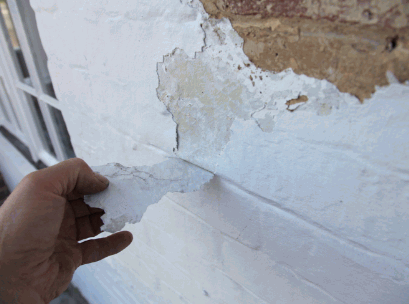
Using A Damp Proof Membrane
Utilizing a damp-proof membrane serves as an effective measure for moisture prevention in construction projects, requiring appropriate building supplies and offering valuable solutions for moisture repair and property refurbishment.
This versatile solution acts as a barrier to prevent moisture from seeping into buildings, assisting in maintaining the structural integrity and longevity of the construction. Whether applied during new constructions or as part of refurbishment projects, the damp-proof membrane mitigates the risk of dampness, mold, and decay, thereby safeguarding the overall quality and value of the property.
Its seamless application and compatibility with various construction materials make it an essential component for builders, architects, and property owners seeking reliable protection against moisture-related damages.
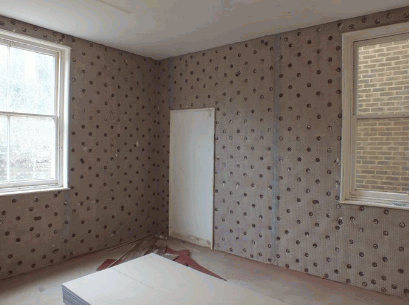
Using A Damp Proof Adhesive
Employing a damp-proof adhesive provides a practical solution for interior decorating, requiring suitable construction materials, and offers versatile construction solutions and home maintenance options through essential renovation supplies.
This versatile adhesive not only helps prevent dampness or moisture from seeping through the walls or floors but also plays a crucial role in ensuring the durability and longevity of construction materials. Its application leads to a more stable and resilient structure, making it an essential component in construction solutions.
In interior decorating, the use of a damp-proof adhesive facilitates the smooth application of wall coverings and paints, ensuring a lasting and visually appealing finish.
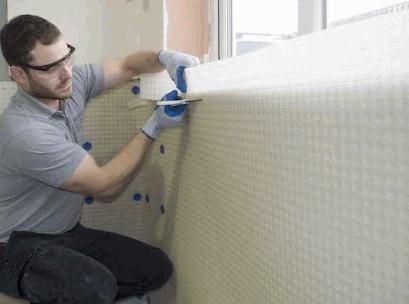
Using A Damp Proof Sealer
Applying a damp-proof sealer offers effective surface preparation for building maintenance, requiring suitable renovation tools and serving as a valuable solution for property repair and renovation projects.
It plays a crucial role in protecting concrete, brick, and masonry from water penetration, thus preventing potential damage caused by dampness and moisture. By creating a barrier that inhibits water absorption, damp-proof sealers help to preserve the structural integrity of buildings and prolong their lifespan.
In addition to their protective function, these sealers also contribute to enhancing the aesthetic appeal of surfaces, making them an indispensable component in maintaining and repairing various properties.
Using A Moisture-Resistant Wallpaper
Opting for moisture-resistant wallpaper presents a durable option for managing absorption in construction projects, providing a suitable choice for interior renovation and utilizing essential building supplies.
It offers the advantage of withstanding high humidity levels, making it ideal for spaces like bathrooms and kitchens, where moisture is prevalent. Moisture-resistant wallpaper is easy to clean and maintain, ensuring longevity and preserving the aesthetic appeal of the interior. Its innovative features contribute to minimizing the risk of mold and mildew, delivering a healthier environment, and reducing the need for frequent repairs or replacements.
By integrating moisture-resistant wallpaper, construction projects benefit from enhanced durability, while interior renovation projects can maintain a polished appearance without compromising on functionality.
